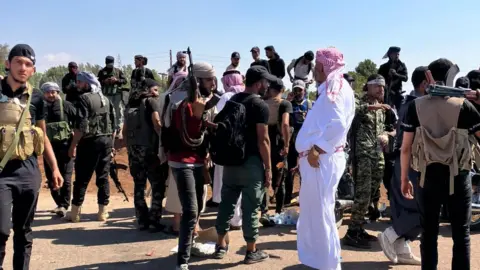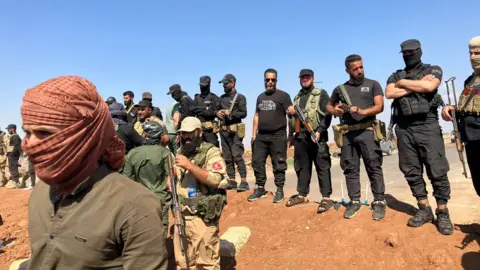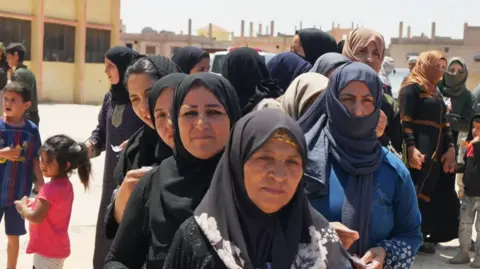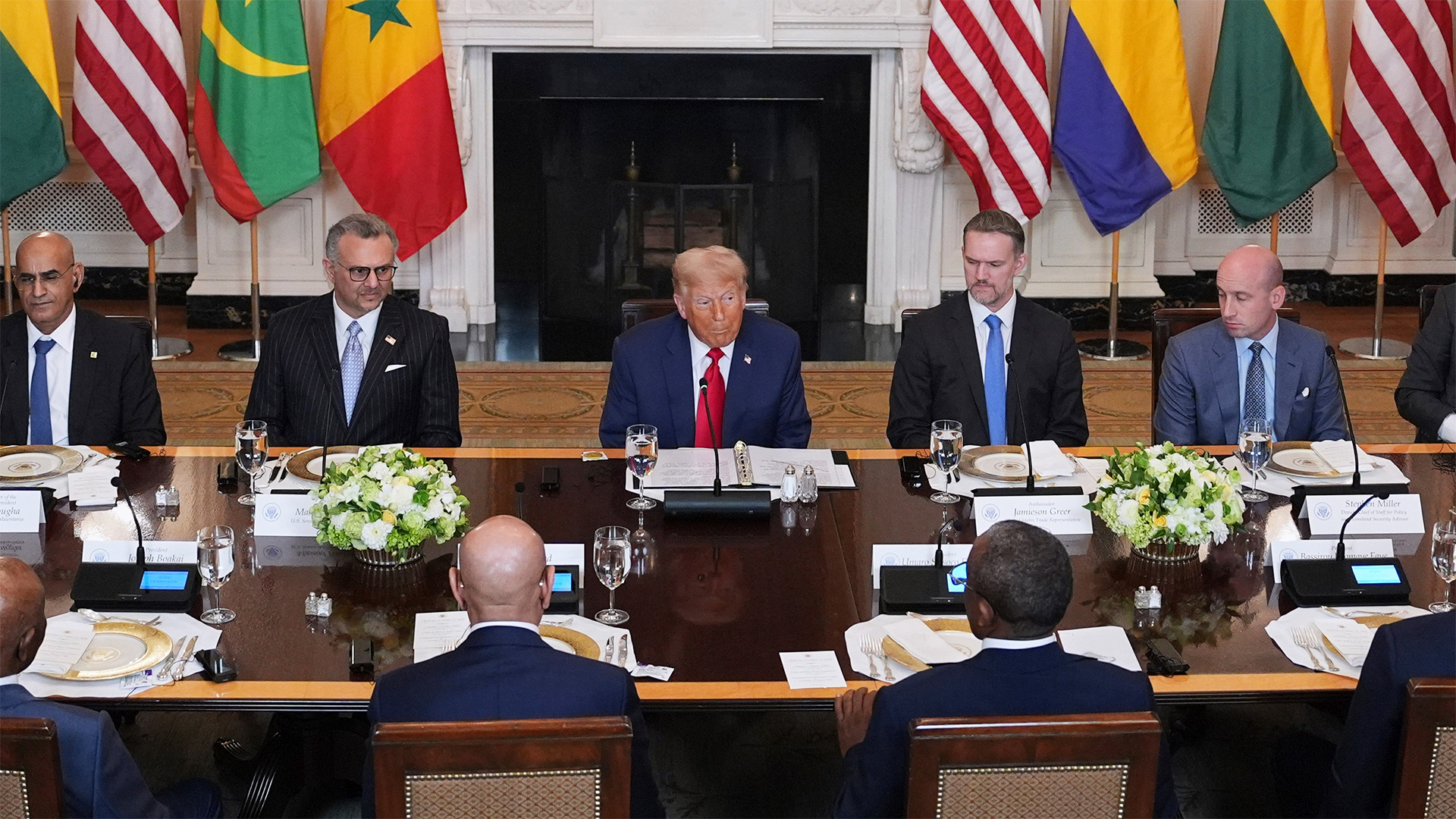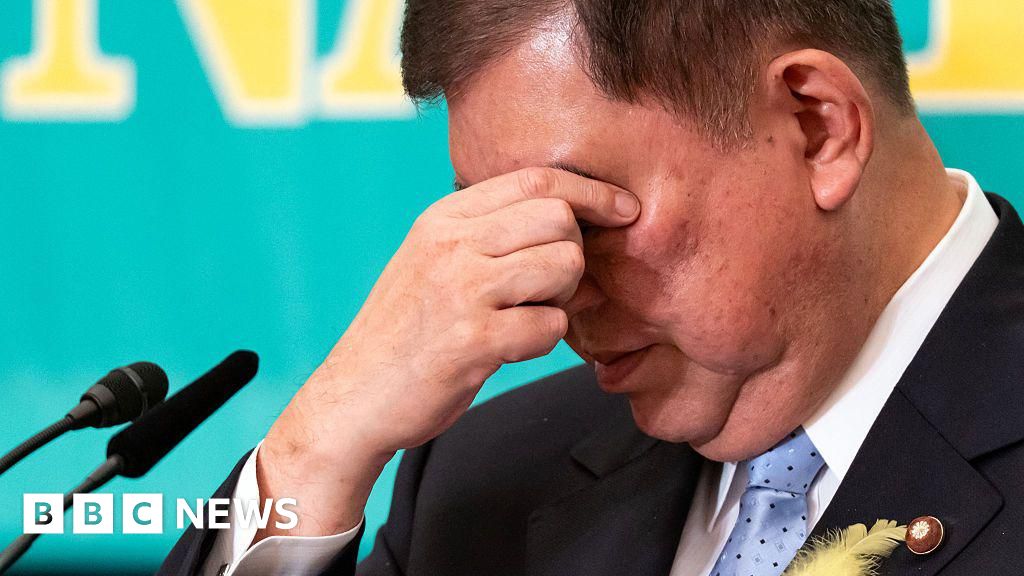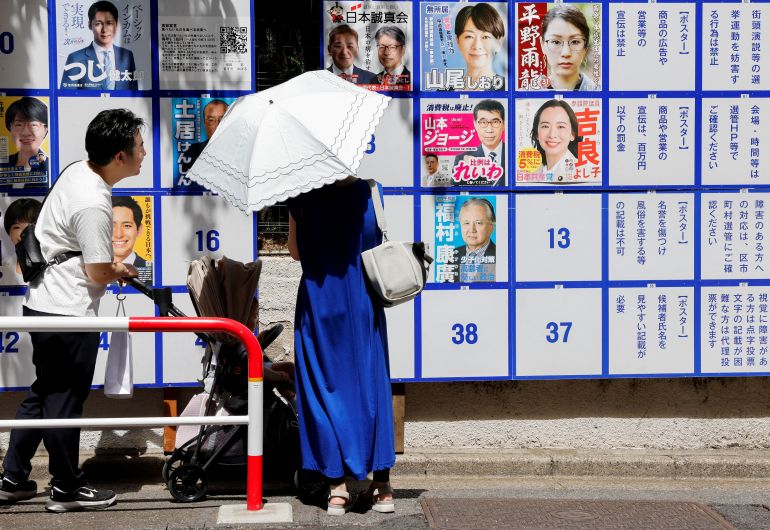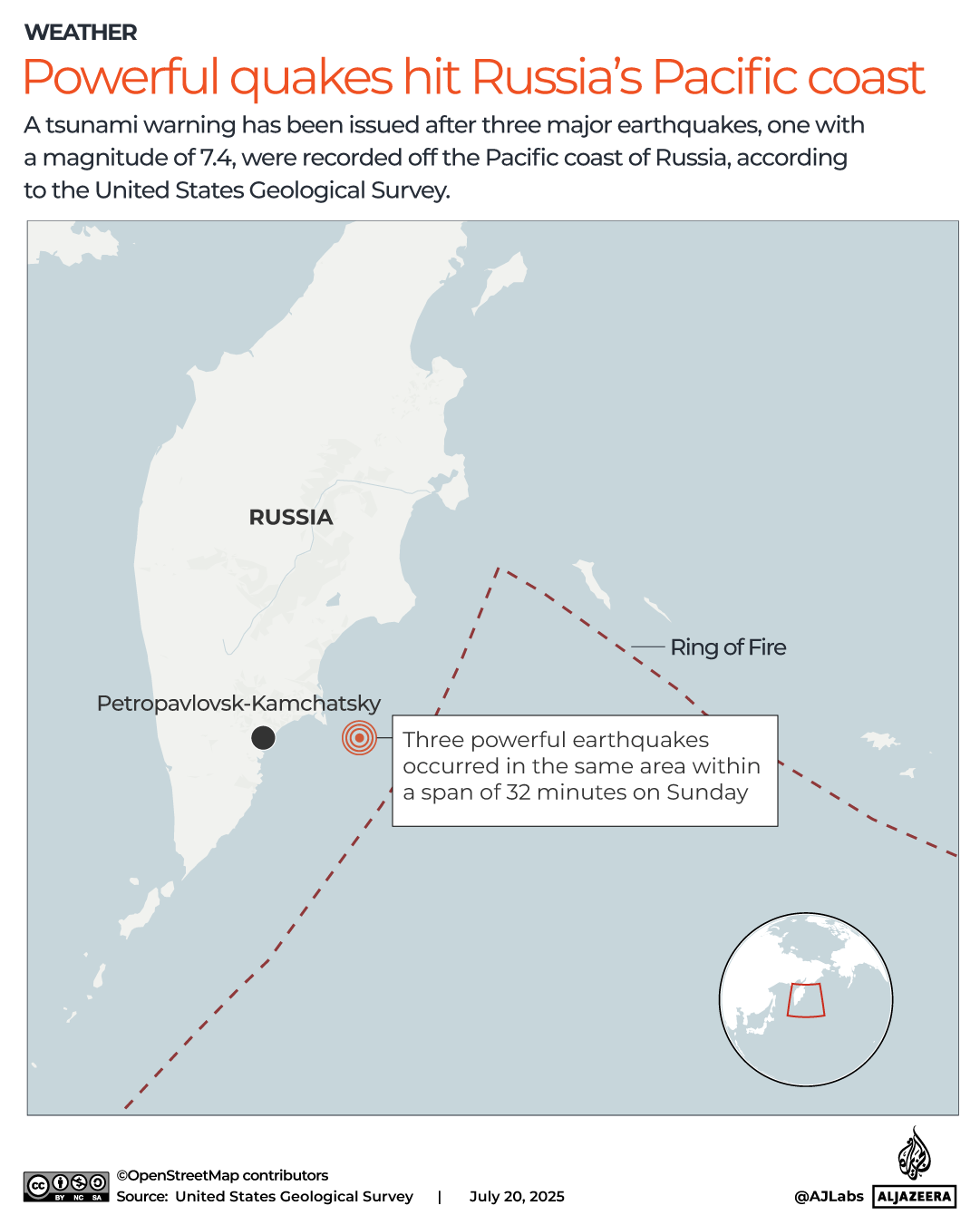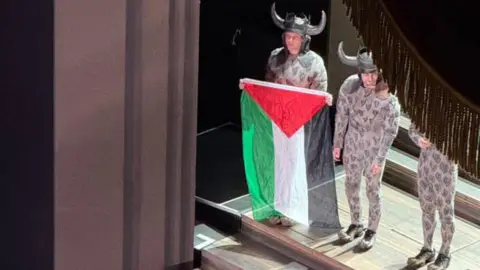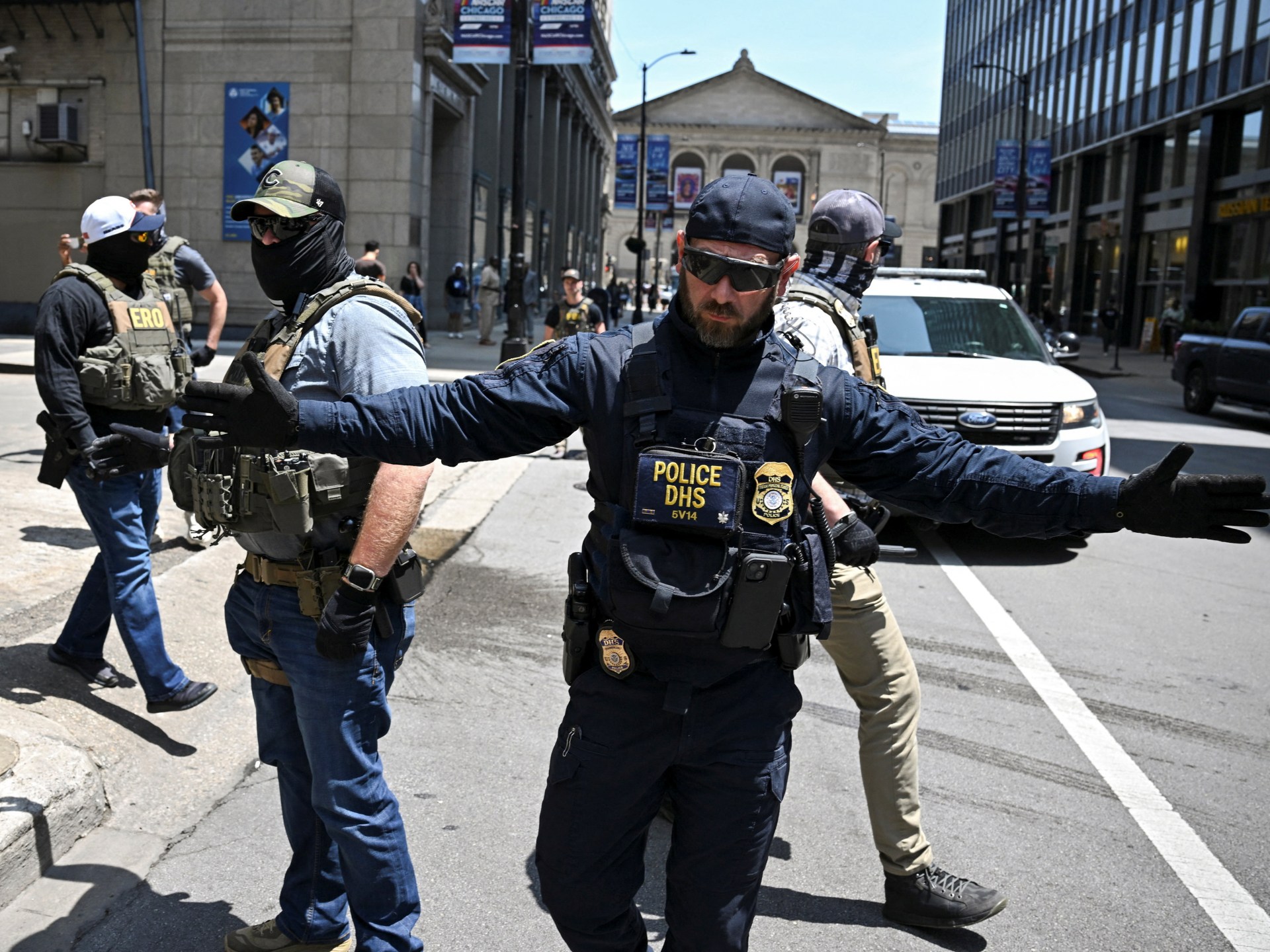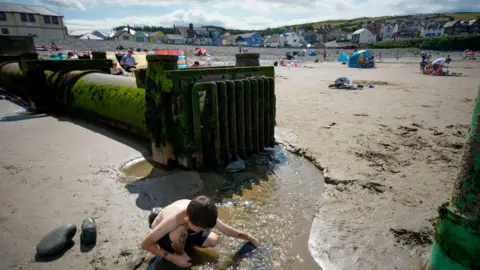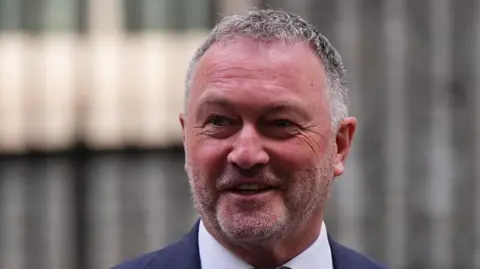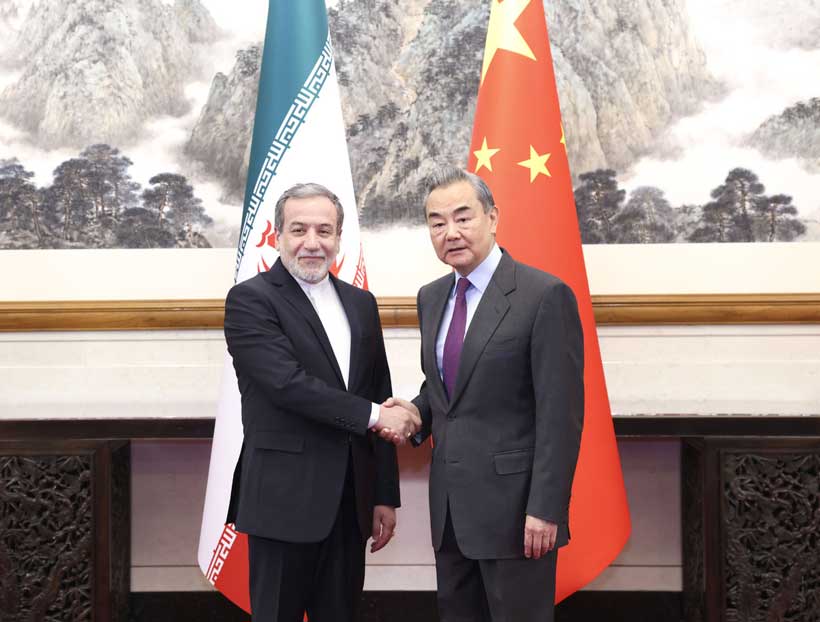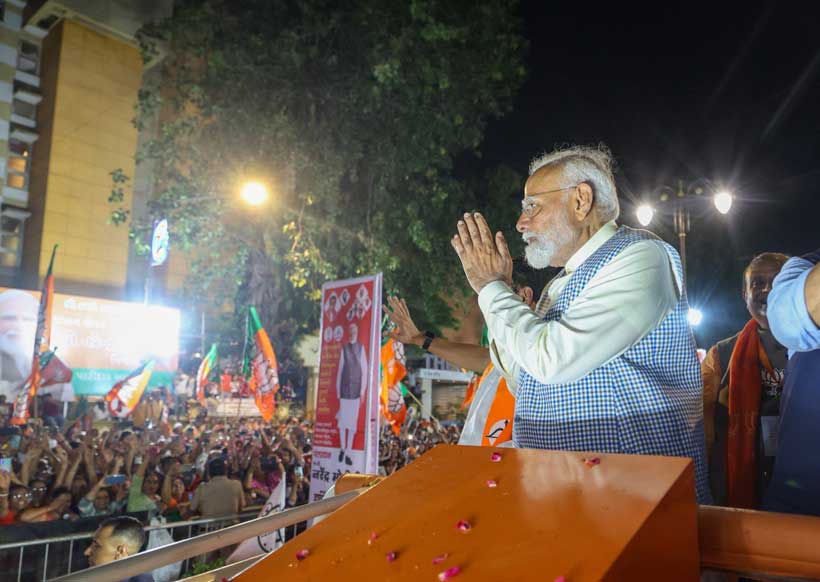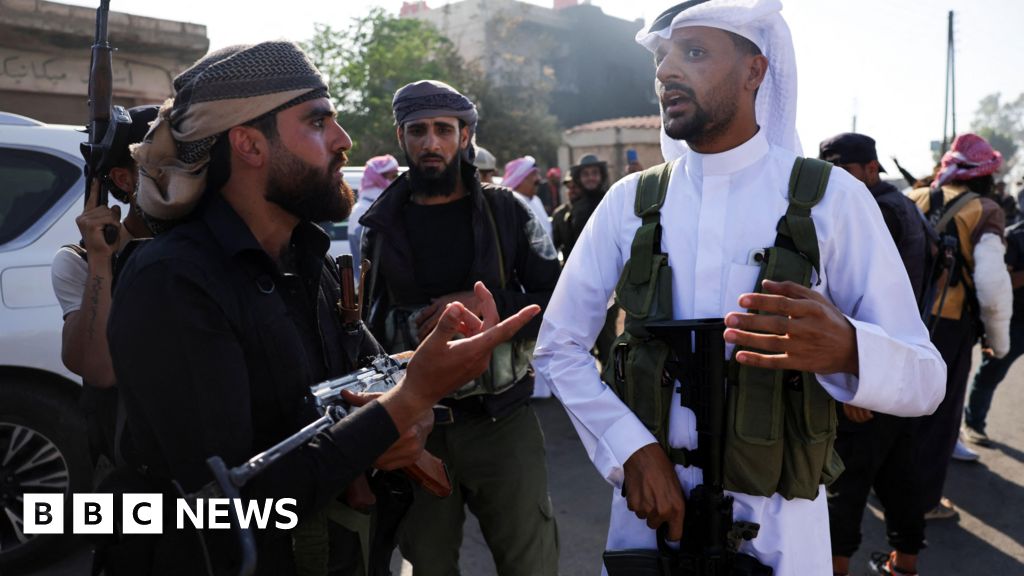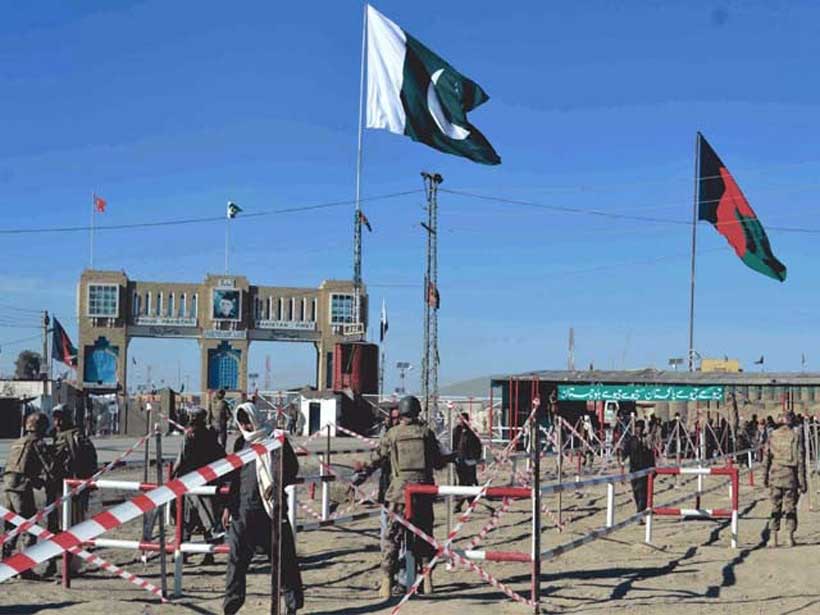New water ombudsman will tackle leaks and incorrect bills
Business reporter
 Getty Images
Getty ImagesA new ombudsman will tackle leaky pipes, incorrect bills and other issues people have with water companies, the government has annnounced.
The new consumer champion is being launched as part of wider plans to overhaul the industry, due to be announced later, following public outcry over rising bills and an increase in sewage discharges into UK waterways.
The way the sector is regulated is expected to change significantly, especially after the Water Commission gives its review of the industry on Monday.
Environment Secretary Steve Reed has already vowed to halve the number of times water firms discharge sewage by 2030 – the first time the government has set a clear target for pollution spills.
He used an interview on the BBC on Sunday to pave the way for far-reaching reforms, describing the sector as “broken” and its regulator as “clearly failing”.
Reed said voters could hold him accountable if there had not been improvements in water quality come the next election.
But he stopped short of saying whether Ofwat might be axed altogether – something that could be recommended by the Water Commission in its Monday report.
Former Undertones frontman, Feargal Sharkey, a leading campaigner for cleaner waterways, said he feared the report would not be radical enough to solve the problems facing the sector and would turn out to be a disappointing “flat pancake”.
The latest announcement means the water industry will have a consumer watchdog that will serve as a single point of contact for consumers with complaints, bringing it in line with other utilities.
The plan will also see an expanded role for the Consumer Council for Water (CCW), the public body that currently takes on complaints.
The Department for Environment, Food and Rural Affairs (Defra) was unable to put a timescale on the plans for a new ombudsman, but said it would have legal powers to protect customers who are in dispute with their water company.
The state of the UK’s waterways and the role of the private companies managing the nation’s water supply has been the subject of fierce public debate, with widespread calls for the government to take a greater role and bring in tougher regulations.
The sector requires vast infrastructure updates in the face of a growing population and the impact of more extreme weather as the result of climate change.
Water firms have faced criticism for under-investing in the systems they manage, all while paying out millions to executives and shareholders.
Meanwhile, the number of times water companies discharged sewage into England’s waterways rose to a record of 2,801 instances, Environment Agency data published on Friday showed.
Reed said he had spoken to people “up and down the country” who were “furious about the state of our water”.
A survey by the CCW in May found trust in water companies had declined, with just 35% of respondents saying they felt satisfied with what their provider was doing to protect the environment.
A record £104bn is due to be invested in the water sector over the next five years to improve its infrastructure.
As a result, consumer bills are expected to rise on average by £123 annually – though for Southern Water customers this could be as much as £224.
Victoria Atkins, the shadow environment secretary, welcomed the plan to create a new ombudsman in principle, but said it would only play a small part in solving the water industry’s long-term problems.
“We all want the water system to improve, and honesty about the scale of the challenge is essential,” she said.
Atkins added that the government needed to explain where investment would come from and how reforming or replacing Ofwat would succeed in cleaning up rivers and lakes.
Liberal Democrats environment spokesperson Tim Farron MP said: “To effectively tackle the sewage scandal, we need fundamental change, not another layer of bureaucracy.”
But he added that a new ombudsman may provide a means of redress for consumers “who for too long have been forced to foot the bill for failing water companies”.


